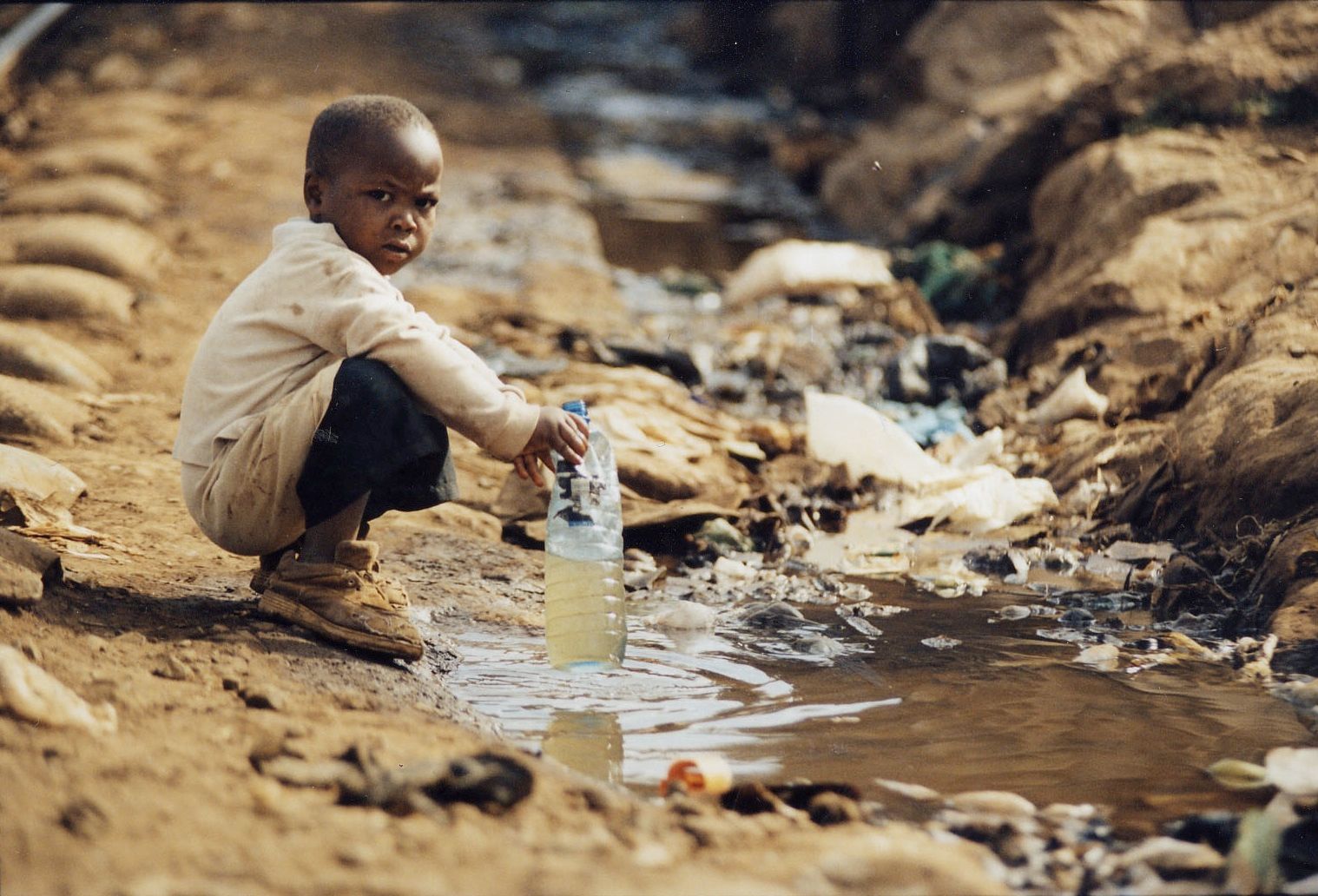- Floating solar stills
Solar still technology that uses sunlight to purify water is nothing new. But UAE-based start-up Manhat has given it a 21st century update, developing a device that produces zero-emissions or brine. Floating on the ocean surface, it collects the freshwater evaporated by the sun’s rays. The salt removed from the seawater is then deposited back into the sea.
The company is looking to use the technology to provide irrigation for floating farms. The few already in use around the world all depend on groundwater, or water from desalination plants that negatively impact the environment, it says.
However, Manhat’s current prototype can only produce 1.5 litres of freshwater a day, according to CNN. Its goal is to eventually produce 20 litres.
“We have to accept the fact that seawater should be a key player in providing freshwater,” the company’s founder Dr Saeed Alhassan Alkhazraji told CNN. “We need to have a solution that will minimize CO2 emissions and eliminate brine altogether.”
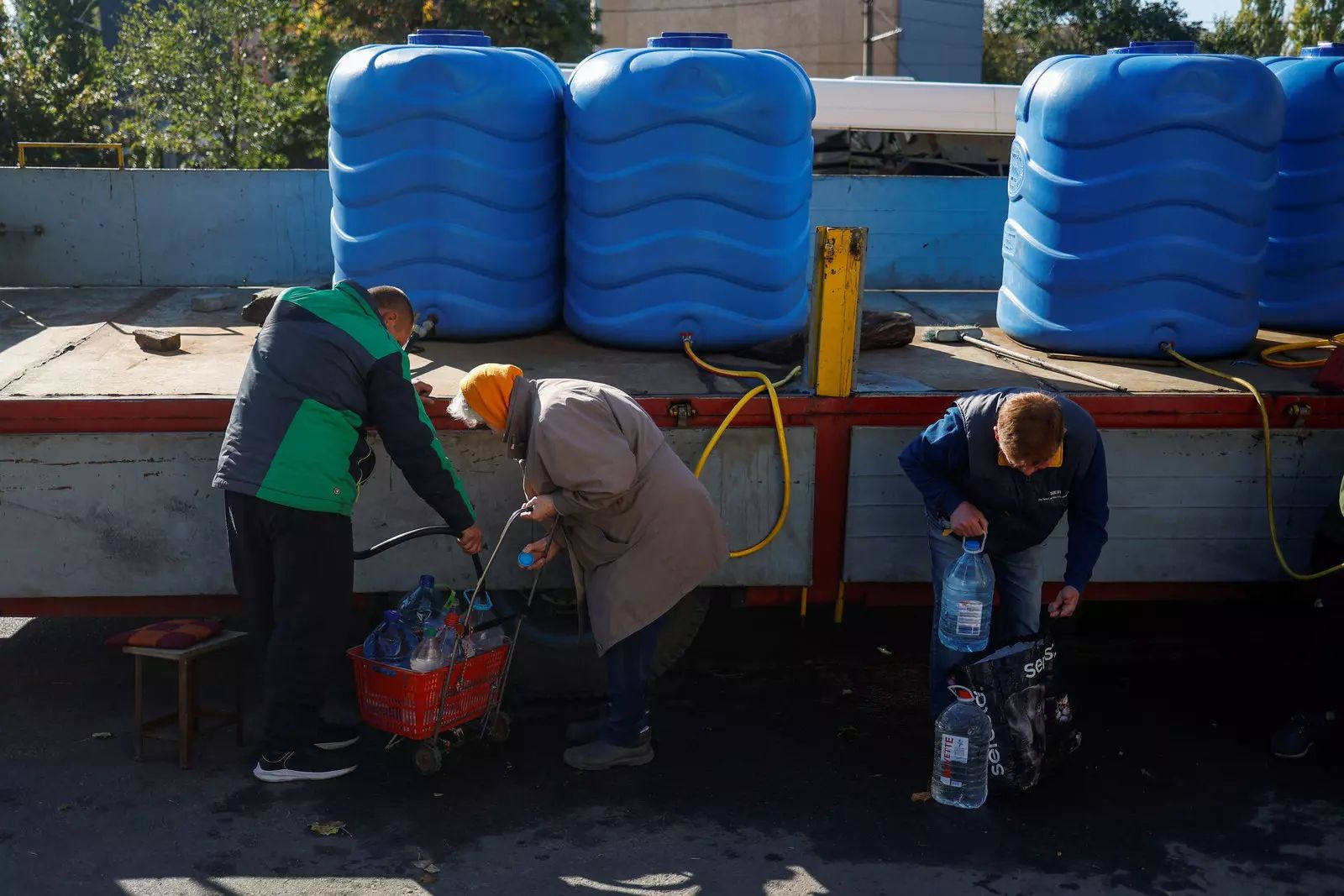
2. Water harvesting hydrogels
Hydrogels have long been used in nappies and other personal hygiene products to absorb moisture. However, a team of researchers at the University of Texas have been experimenting with a specially developed hydrogel they say can extract large amounts of freshwater from the air, according to Phys.org.
The presence of a hygroscopic salt increases the moisture uptake of the gel. In 24 hours it was possible to extract nearly 6 litres of freshwater per kilo of material from air that contained 30% relative humidity, the research team says.
They believe further development of these next-generation “polyzwitterionic hydrogels” could help with access to freshwater in many parts of the world. “Atmospheric water harvesting is regarded as one of the promising strategies for freshwater production desirable to provide sustainable water for landlocked and arid regions,” the team says.
3. Using tech to fight algae
The increasing growth of toxic algae blooms in lakes is depriving millions of people of access to freshwater each year. It’s caused by a process called eutrophication when nitrogen and phosphorus used in agriculture and industry builds up in water bodies, changing entire ecosystems.
Dutch algae-control company LG Sonic has launched a non-profit organization called FutureProofLakes on a mission to conserve the ecosystems of the world’s lakes. It has developed solar-powered ultrasound transmitters which prevent algae blooms forming using soundwaves.
The project also uses satellite imagery and algorithms to collect real-time data on the quality of lakes around the world, identifying affected ecosystems before harmful algae blooms take hold.

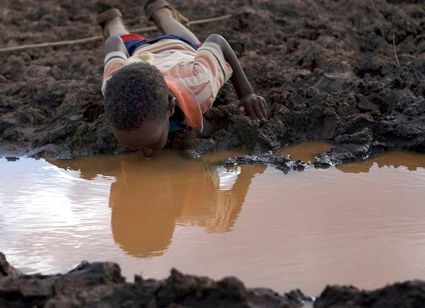
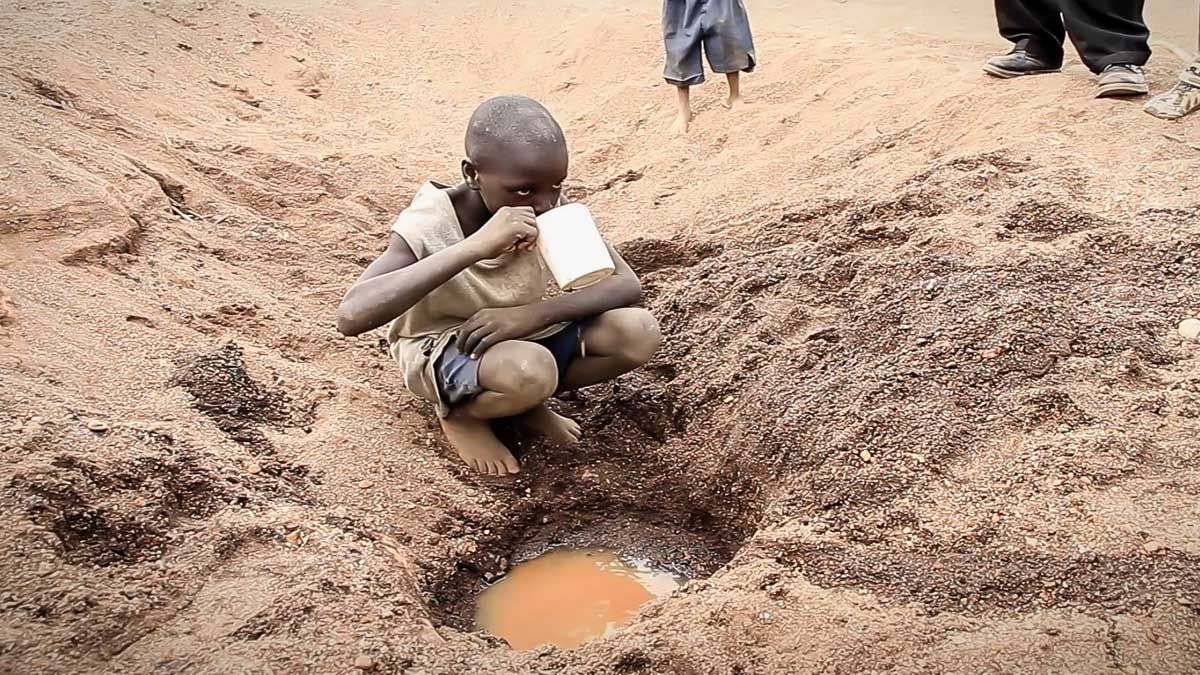

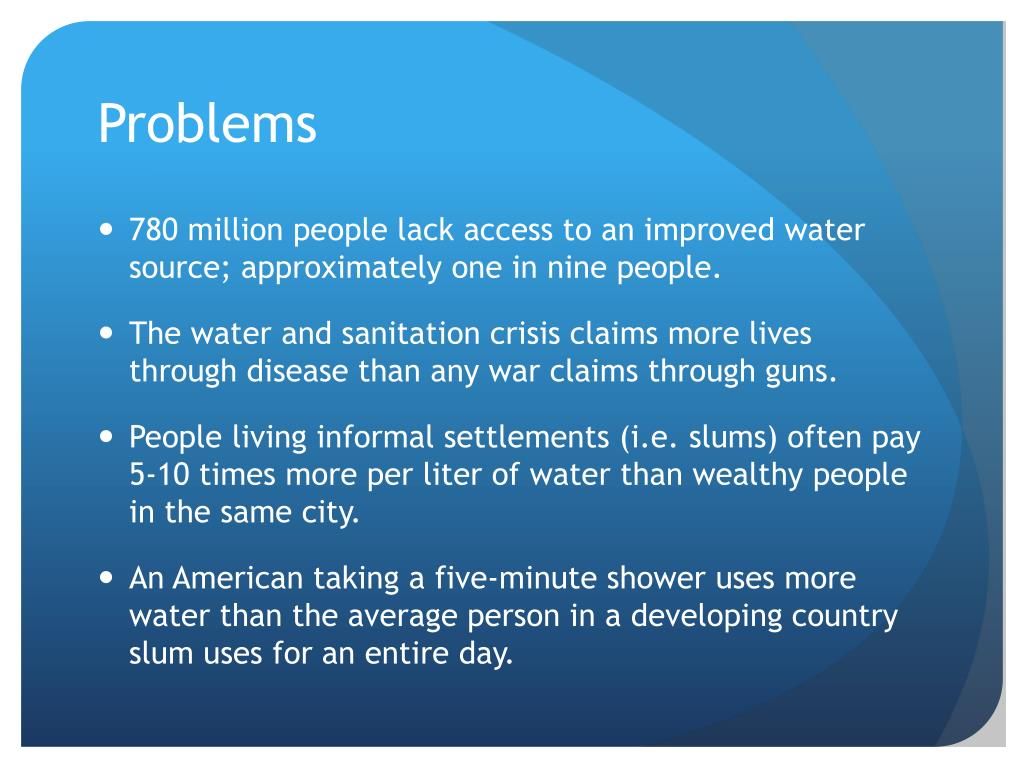 
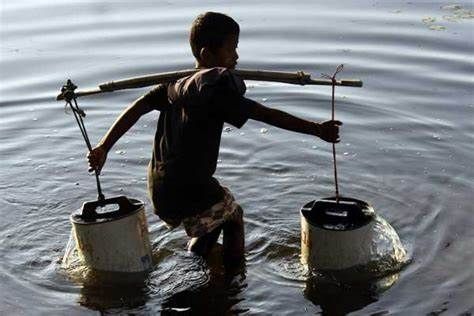

.jpg) !
!.jpg)
.jpg)

_1715250366724.jpg)
.jpg)
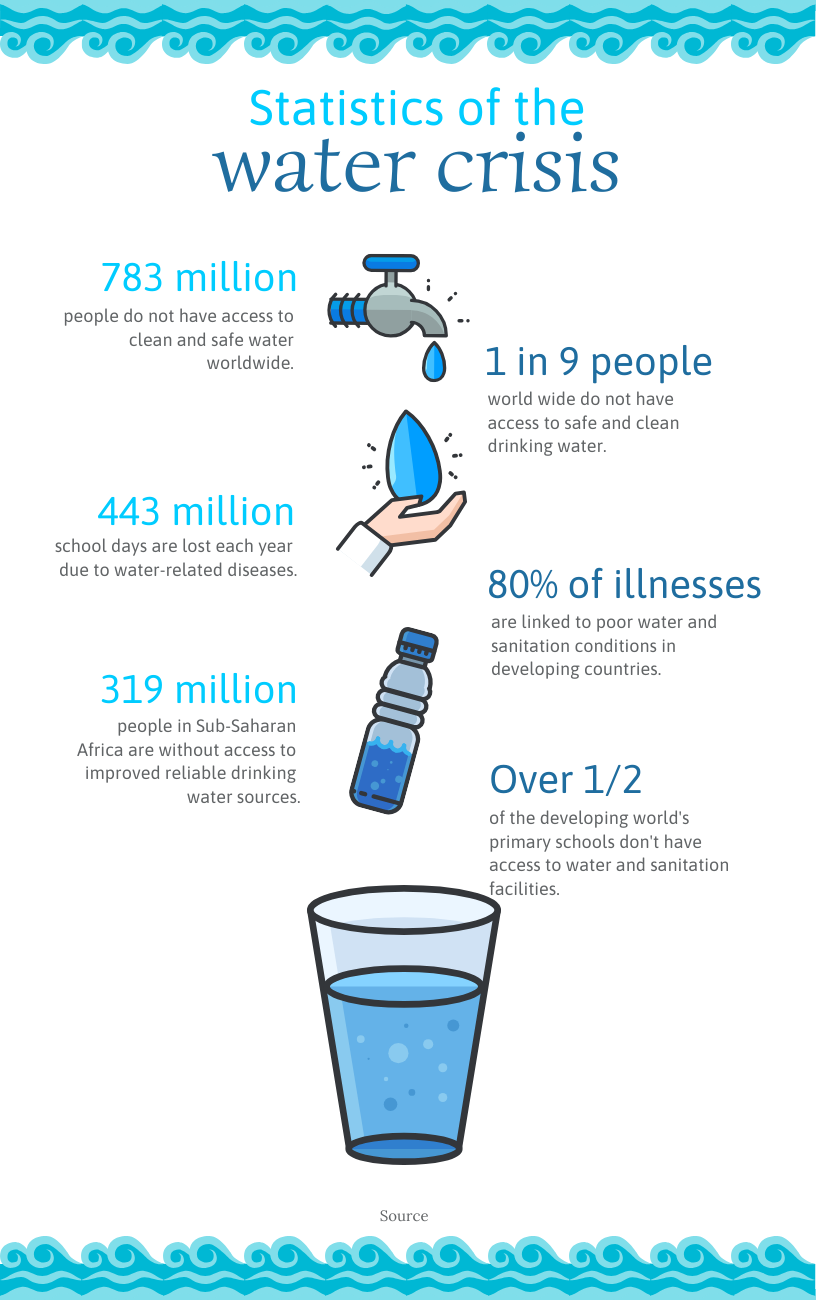
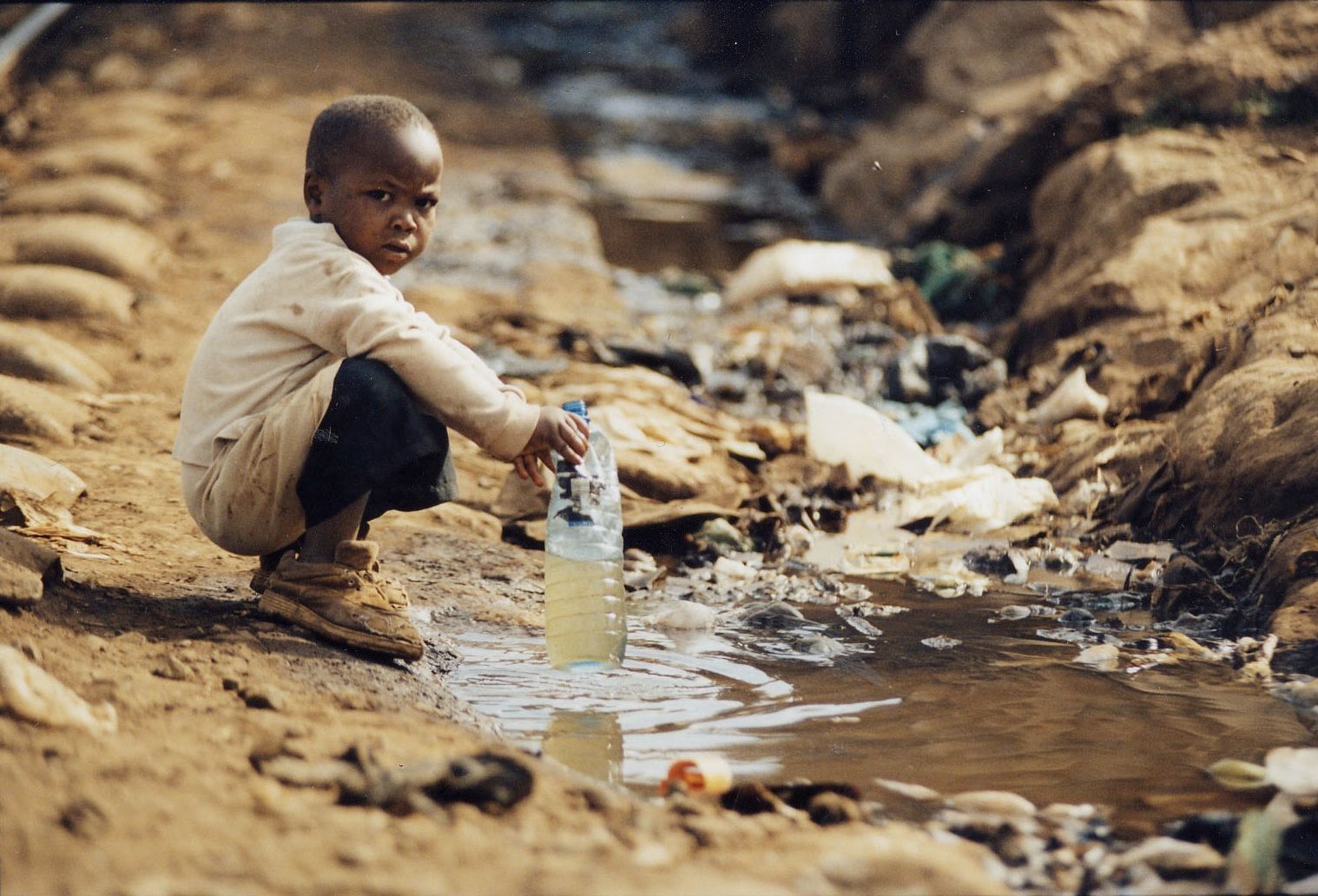
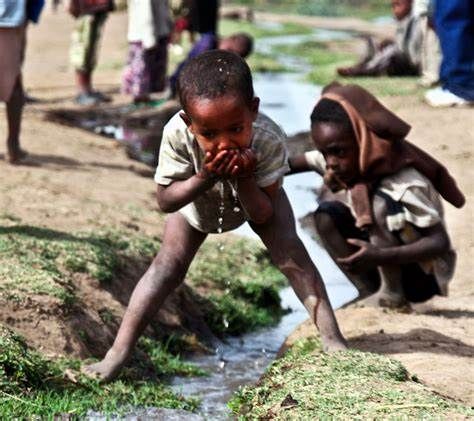
_1715259038473.jpg)
